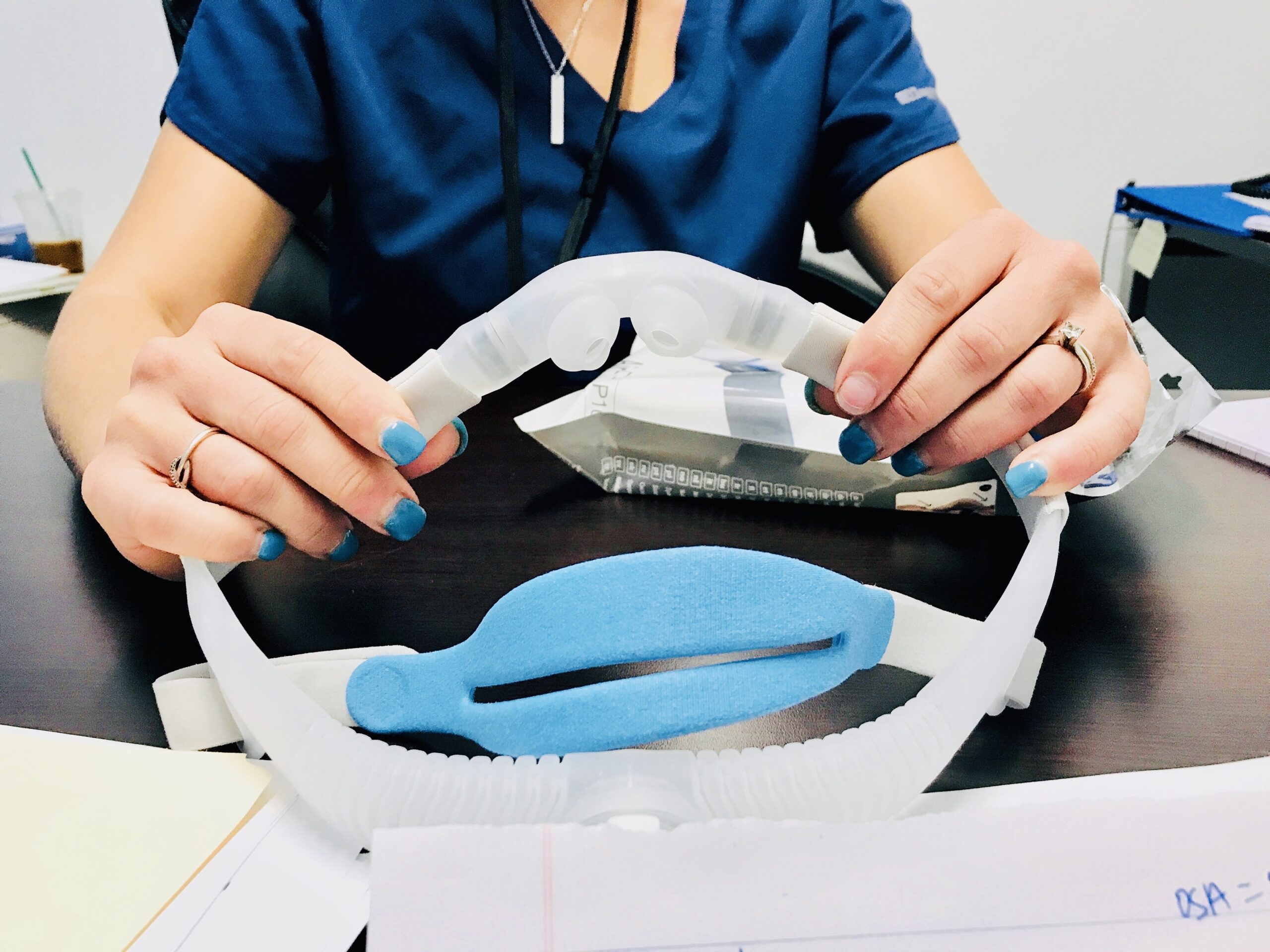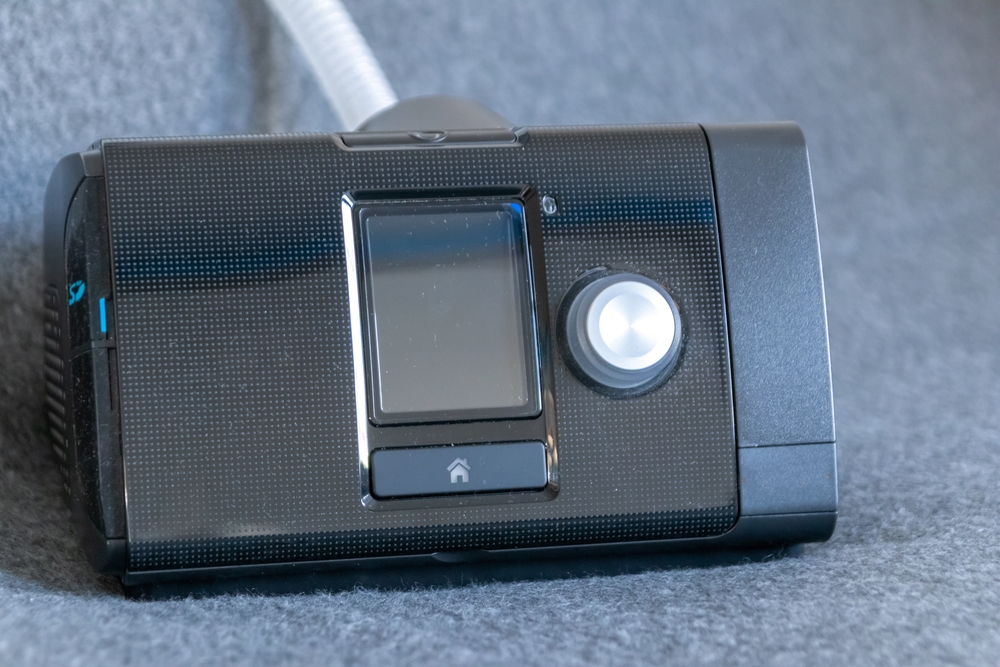10 Expert Tips for Avoiding Common Problems with CPAP Machines

- Author: Craig Fox
Millions of people suffer from sleep apnea, which is commonly treated using CPAP (Continuous Positive Airway Pressure) machines. CPAP therapy has been shown to be beneficial, but many patients encounter difficulties and problems with the equipment. Which can make their treatment experience less than ideal. Here are eleven CPAP machine issues that are frequently encountered along with solutions.
1. Leaky Masks
One of the most frequent issues seen by CPAP users is leaking masks. A leaking mask might lessen the benefits of CPAP therapy. It can also interfere with a person’s ability to receive the deep sleep they require. To avoid this, make sure that the mask fits correctly. Try on different masks as much as possible to find the right one for you. This way, you can reduce air leaks and receive proper amount of pressure.
Additionally, it’s critical to frequently clean the mask to get rid of any oils or other chemicals. To get assistance if you are still having issues with a leaky mask, you may consult with your healthcare professional. They can assist you in selecting the ideal mask and help you modify your therapy as necessary. Adding V-Com to your CPAP circuit can greatly improve the seal and reduce the likelihood of leaks. Providing you a more comfortable and effective therapy experience
2. Dry Nose and Mouth
Even while CPAP therapy is quite efficient at treating sleep apnea, there are some potential adverse effects, such as dry mouth and nose.
By drying up the mucous membranes in the mouth and nose, the CPAP machine’s air pressure can cause discomfort, irritability, and in extreme situations, bleeding. Some CPAP users use a humidifier with their machine, which increases the humidity in the air, to reduce these symptoms. Maintaining proper hydration is also crucial, so make sure to have enough water every day, especially before night. A healthcare provider who can offer more advice should be consulted if the symptoms don’t go away.
3. Skin Bruising
Many users experience frequent skin irritation brought on by the CPAP mask or headband. It can be difficult for someone to use their CPAP equipment because of the frequent skin-to-mask or headband contact, which can cause redness, itching, and discomfort. Due to the possibility of more severe reactions, this might be particularly problematic for people with sensitive skin.
Fortunately, there are things you can take to lessen the possibility of skin sensitivity when using a CPAP machine. To start, ensure the mask is the proper size for your face and fits snugly but not too tightly. By doing so, irritation risks and pressure points will both be reduced. A mask liner, which acts as a barrier between the skin and the mask and lowers friction and the chance of irritation, is another option you might consider. Keeping your mask clean and replacing it if it gets worn out or broken is also vital. The risk of irritation can be decreased by using a soft, non-irritating soap and avoiding harsh skin care products. It is best to talk with your healthcare professional for more help and guidance if you are still suffering skin irritation.
4. Difficulty Sleeping
When using a CPAP machine, some people frequently experience trouble sleeping. Although the device is intended to enhance sleep quality, it may take some time for the user to become used to wearing a mask and experiencing constant air pressure. Some people could have trouble falling asleep, staying sleeping, or waking up rested.
Here are some things to do to ease your transition using a CPAP machine while sleeping. Attach the V-Com device to your CPAP device. V-Com has provided relief to thousands of CPAP users by reducing noise and softening high airflow and pressure. This device makes your CPAP therapy easier and comfortable.
Next, give yourself some time to adjust. Using a mask and and getting used to the air pressure may take a few weeks or even months to get used to.
Also,using a humidifier with your CPAP machine can help lessen dryness and irritation in the nose and throat. Finally, you can adapt to appropriate sleep hygiene practices, such as abstaining from caffeine and alcohol before bed.
It’s important to talk to your healthcare physician if you still have trouble sleeping while using your CPAP machine. They can support you further as needed and assist you in modifying your therapy.

5. Mechanical Noise
The CPAP machines themselves can be noisy and unpleasant to sleep, even though CPAP therapy can be very helpful in treating sleep apnea. Usually, the machine’s airflow and the sound of the motor that drives it are what produce the noise.
A CPAP machine’s noise level can change based on the model and settings that are used. Others find the noise to be too loud or distracting, while others find it tolerable or even soothing. Some CPAP machines are made to be quieter than others in order to reduce noise. Earplugs or white noise machines can also be used to block out noise and enhance sleep. Some folks also opt to position the machine farther from the bed and link it to the mask with a longer hose. It is crucial to consult a healthcare practitioner if a CPAP machine’s noise level is disrupting your sleep. They can suggest ways to lower the noise and enhance your sleep.
6. Unease with the Mask
The CPAP therapy masks are frequently found to be uncomfortable or restrictive. Try wearing a mask that fits snugly and comfortably to avoid this issue. Additionally, you might want to experiment with using a different kind of mask, like a full-face or nasal pillow, to determine which one suits you the best.
7. Having Trouble Breathing
Because they believe they cannot breathe correctly via the mask, some people find CPAP therapy to be challenging. Make sure your mask fits securely and comfortably to prevent this issue, and if required, consider changing the air pressure on the machine. Additionally, you might want to experiment with using a different kind of mask, like a full-face or nasal pillow, to determine which one suits you the best.
8. Having Trouble Exhaling
Exhaling may be challenging for some people due to the CPAP machine’s high air pressure. Use a machine with an auto-adjusting pressure setting or one that lets you change the pressure while exhaling to get around this issue. A full-face mask may also be used in place of a nasal mask since it allows for greater exhalation space.
9. Problems with Travel
It might be challenging to transport a CPAP machine, especially if you have to fit it in a carry-on or suitcase. Consider employing a portable, lightweight, tiny machine to get around this issue. You might also wish to buy a carrying case made especially for CPAP devices.
10. Cleaning-Related Problems
And last, maintaining a clean CPAP machine might be difficult. Make sure to clean the machine frequently and swap out the filters as needed to prevent this issue. Additionally, to assist maintain the CPAP machine clear of germs and other dangerous elements, you can use a sanitizer made exclusively for CPAP devices.
CPAP therapy has its drawbacks even though it can be a lifesaver for people with sleep apnea. You may make your CPAP therapy experience more relaxing and productive by being aware of these common issues and taking preventative measures to avoid them. It is crucial to contact your healthcare practitioner for additional support if you are still having issues with your CPAP machine. They can assist you in resolving any problems you may be having and, if necessary, modify your therapy. You can obtain the peaceful sleep you need to feel your best with CPAP therapy if you have the correct support and a little patience.
Ready to get started?
Optimize and improve your sleep apnea treatment with V-ComTM, no prescription required!
30 Day Money-Back Guarantee
